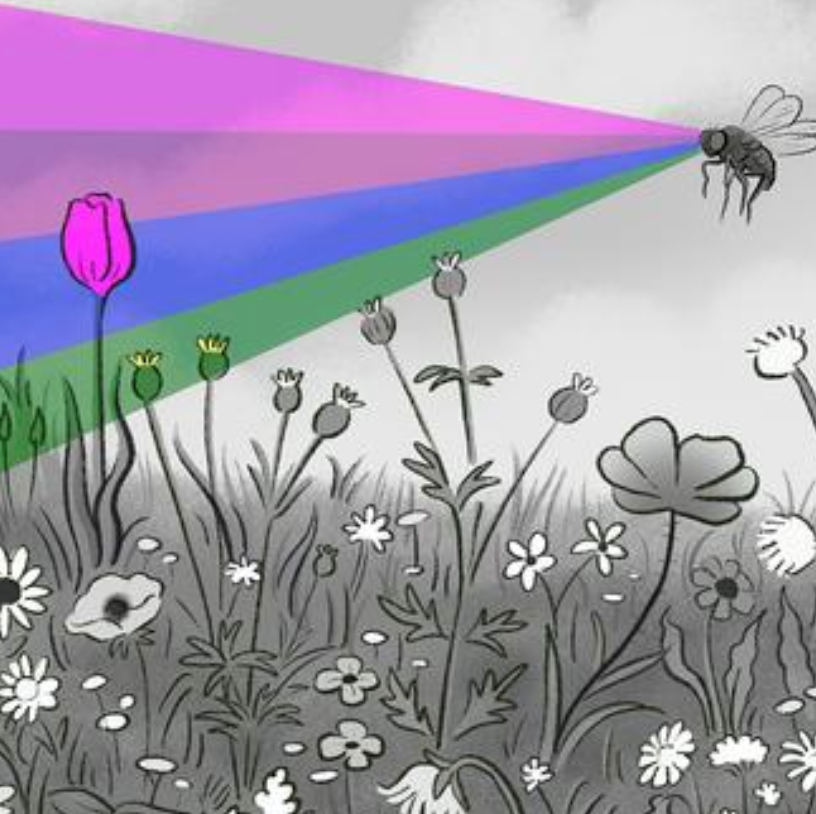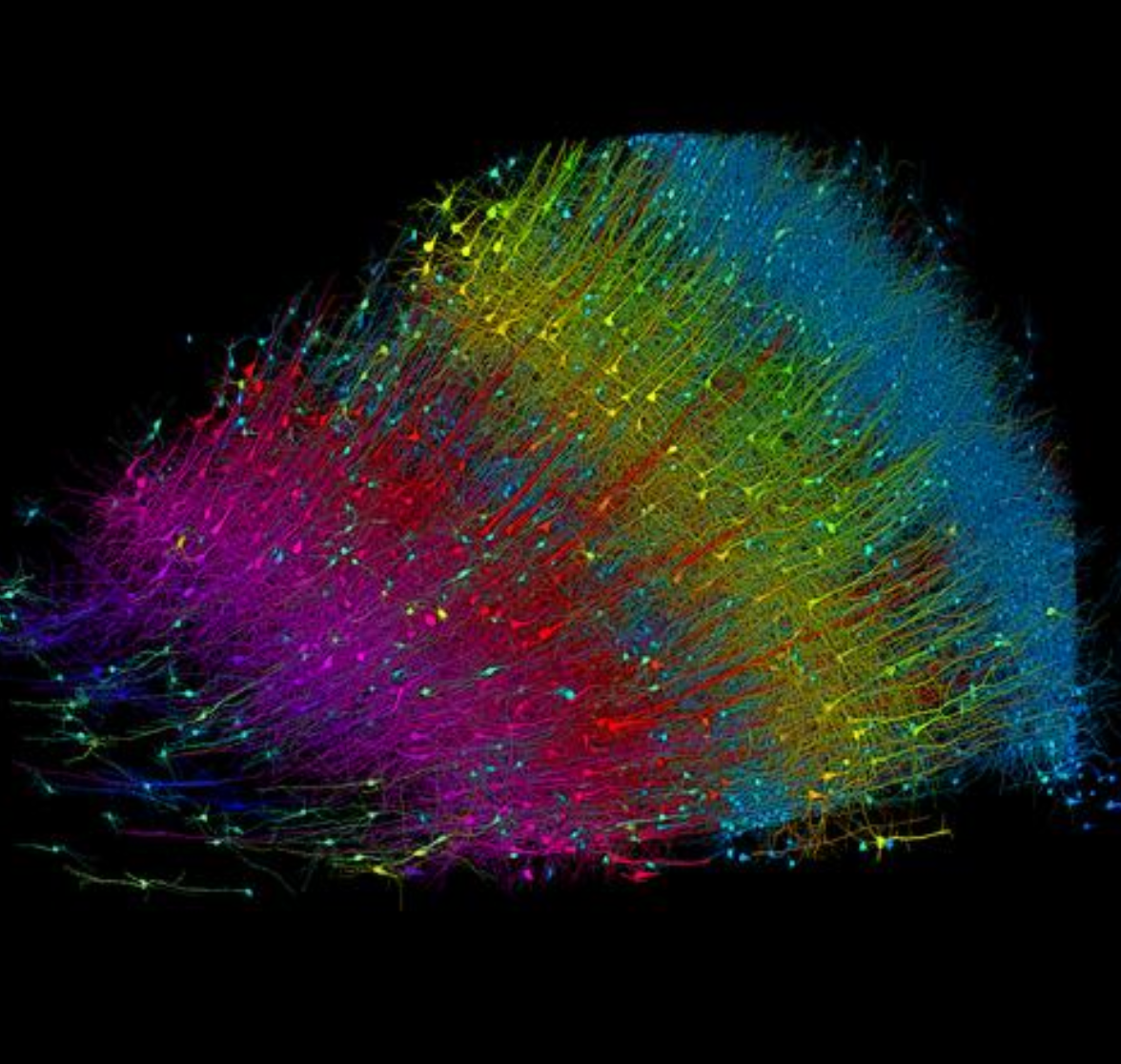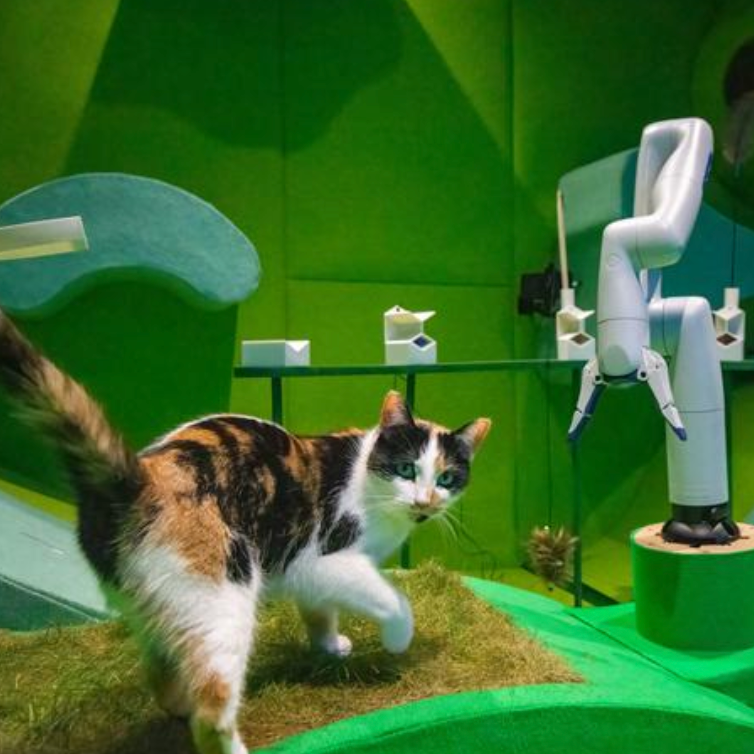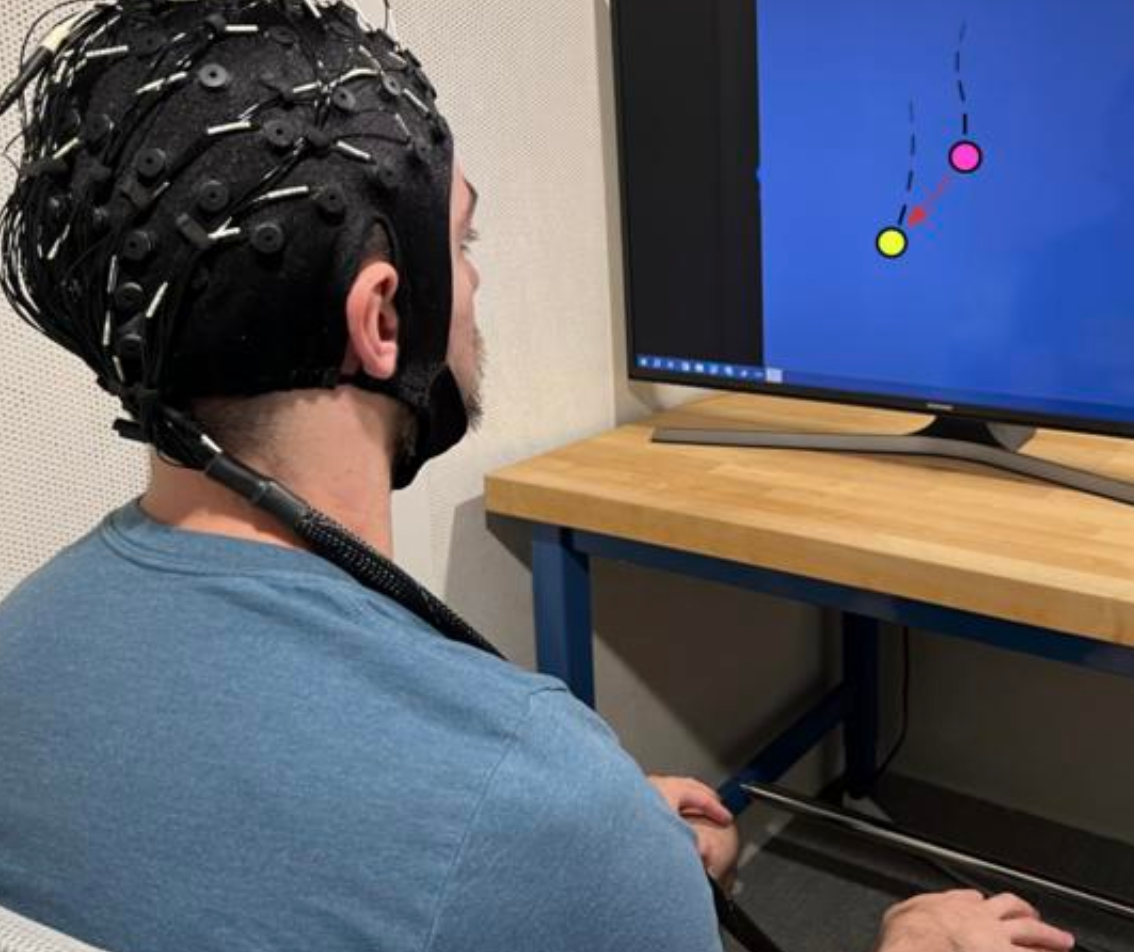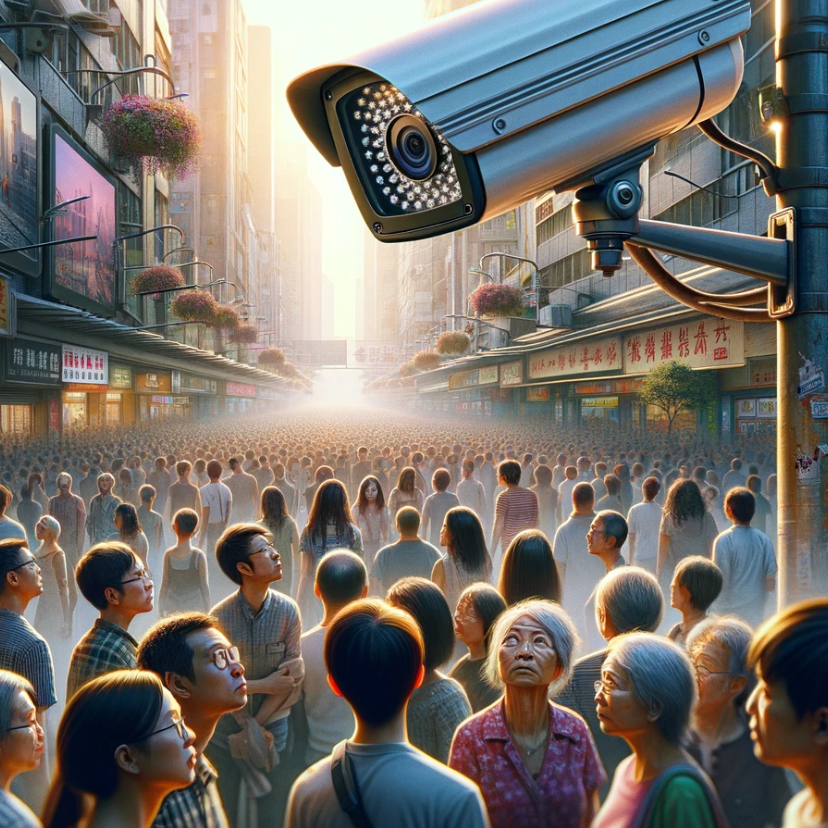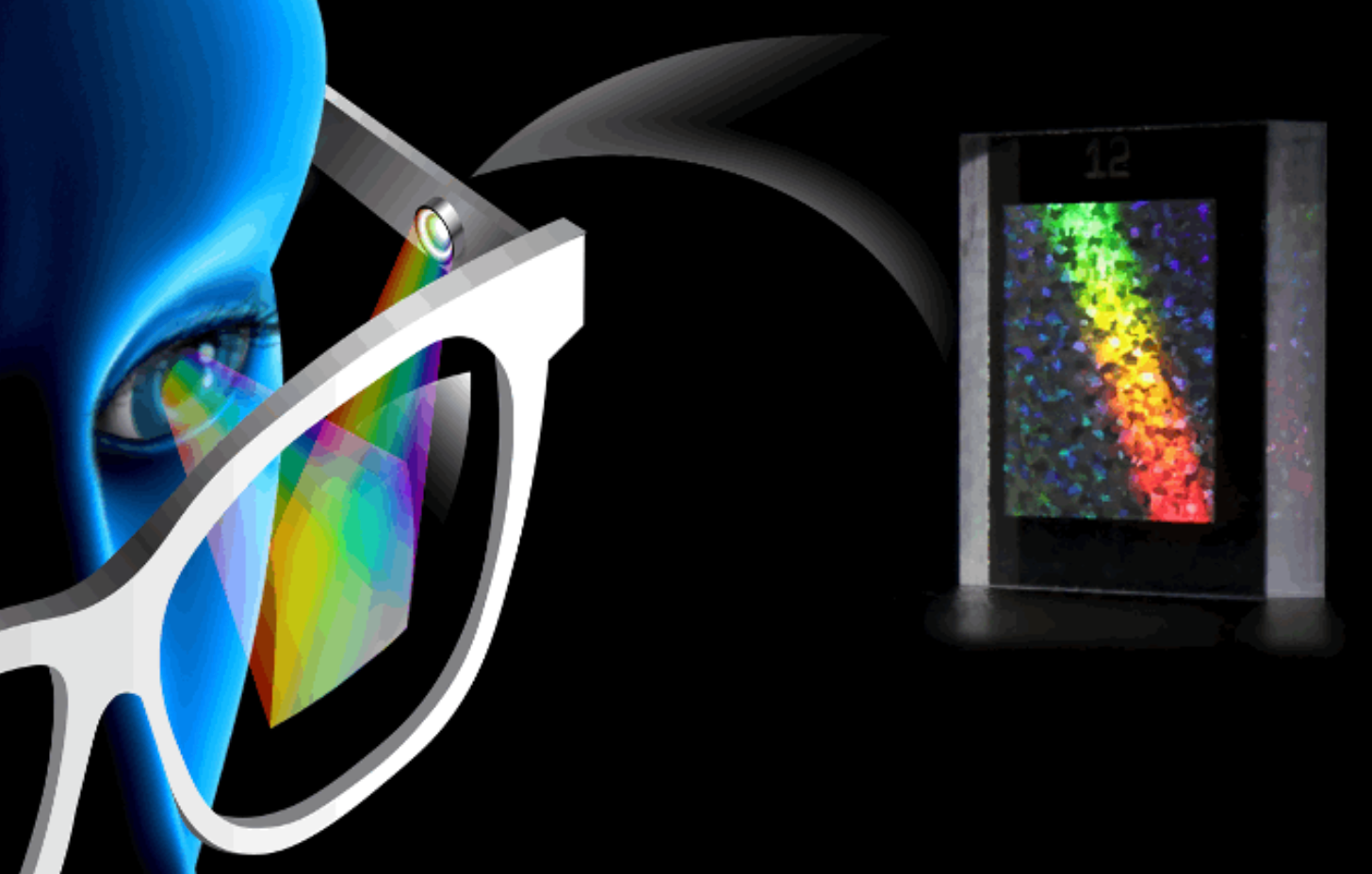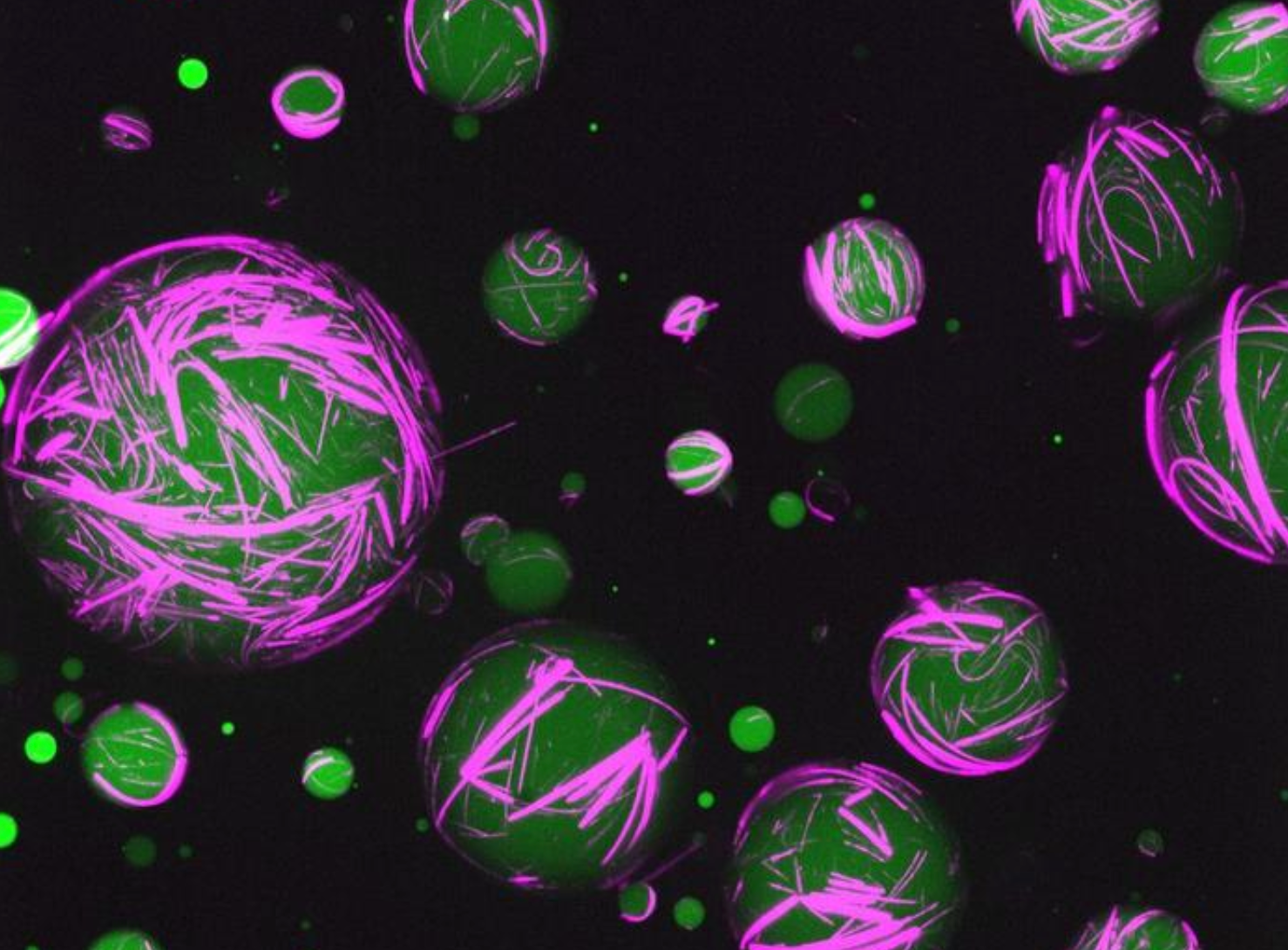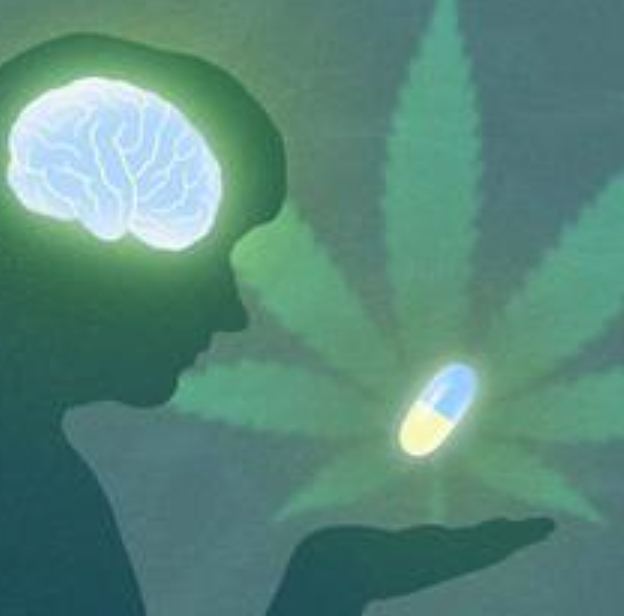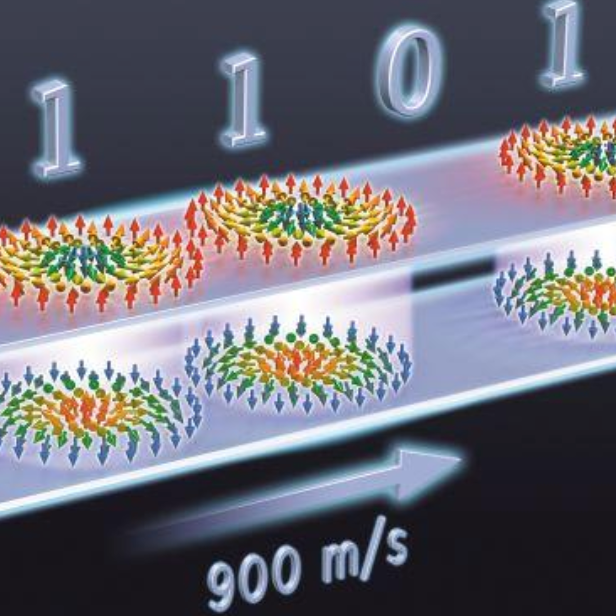Columbia University neuroscientists have identifed, for the first time, brain-cell circuitry in fruit flies that converts raw sensory signals into color perceptions (which can guide behavior), in a paper published in the journal Nature Neuroscience today.
(“Colors” are perceptions your brain constructs as it makes sense of the longer and shorter wavelengths of light detected by your eyes, the researchers explain.)
Networks of neurons in fruit flies
The research team reports the discovery of specific networks of neurons in fruit flies that respond selectively to various hues (perceived colors) associated with specific combinations of wavelengths of light). These hue-selective neurons lie within the brain area responsible for vision.
(Some people could perceive a wavelength as violet and others as ultraviolet (not detectable by most humans.) Detecting UV hues is important for the survival of some creatures, such as bees and perhaps fruit flies. Many plants, for example, possess ultraviolet patterns that can help guide insects to pollen.)
Fly-brain connectome
The recent availability of a fly-brain connectome has proven helpful here, say the researchers. This intricate map details how some 130,000 neurons and 50 million synapses in a fruit-fly’s poppy seed-sized brain are interconnected.
With the connectome serving as a reference, the researchers used their observations of brain cells to develop a diagram they suspected represents the neuronal circuitry behind hue selectivity. The scientists then portrayed these circuits as mathematical models to simulate and probe the circuits’ activities and capabilities.
Brain circuitry involved in color perception identified
The modeling revealed that these circuits can host activity required for hue selectivity. It also pointed to a type of cell-to-cell interconnectivity, known as recurrence, without which hue-selectivity cannot happen. In a neural circuitry with recurrence, outputs of the circuit circle back in to become inputs.
And that suggested yet another experiment: “When we used a genetic technique to disrupt part of this recurrent connectivity in the brains of fruit flies, the neurons that previously showed hue-selective activity lost that property. This reinforced our confidence that we really had discovered brain circuitry involved in color perception.”
Citation: Christenson, M.P., Sanz Diez, A., Heath, S.L. et al. Hue selectivity from recurrent circuitry in Drosophila. Nat Neurosci (2024) https://doi.org/10.1038/s41593-024-01640-4 (open-access)
Let us know your thoughts! Sign up for a Mindplex account now, join our Telegram, or follow us on Twitter.


.png)

.png)


.png)
